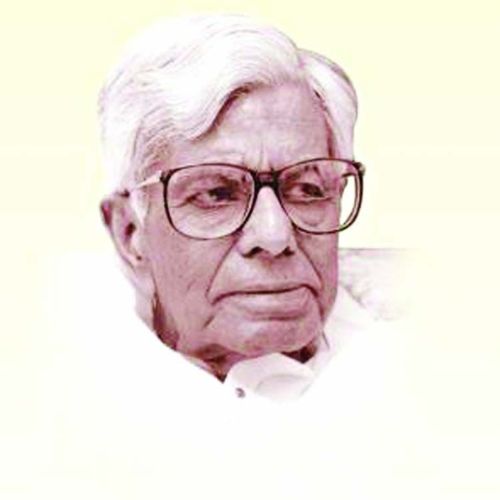Early Life
Chidambaram Subramaniam was born on 30th January 1910 in Coimbatore, Tamil Nadu. He went on to obtain a degree in physics from Presidency College, University of Madras, after which he studied law at Madras Law College. He began his career as a lawyer and went on to join politics. As a member of the Indian National Congress, he went on to assume important positions within the party, including the President of the Coimbatore District Congress Committee and Member of the Working Committee of the State Congress Committee.
Role in India’s Independence Movement
Subramanian was involved in India’s fight for freedom and actively participated in the Quit India movement. His involvement in the Independence movement saw him incarcerated in 1932 and 1941.
Contribution to Constitution Making
He was elected to the Constituent Assembly from Madras. In the Assembly, he spoke on debates around freedom of trade and commerce.
Later Contributions
Post-independence Subramaniam was elected to the Madras Legislative Assembly and held a Cabinet position. Subsequently, he was elected to the Lok Sabha for two terms 1962—67 and 1971—77. During his time in the Parliament, he held the Cabinet Ministry position of Steel and Mines, Agriculture, Finance, and Defence.
As the Agriculture Minister in 1965, he transformed the agricultural landscape in India by initiating the ‘Green Revolution’. Under this scheme, newly developed High-Yielding Varieties of seeds were brough in which greatly enhanced India’s foodgrains production.
Later on, he served as the Governor of Maharashtra between 1990 and 1993.
Subramaniam was awarded the Bharat Ratna Award in 1998 and passed away two years later on 7 November 2000.
Key Writings
His works include War on Poverty, The New Strategy in Indian Agriculture, and The India of My Dreams.
- During debates around Article 19 of the Constitution of India, 1950, Subramaniam was not convinced with ‘freedom of trade and commerce’ was listed as one of the freedoms.
- During the final readings of the Constitution, he was concerned that the Constitution was State-centric as opposed to the Gandhian way of individual-centric.

